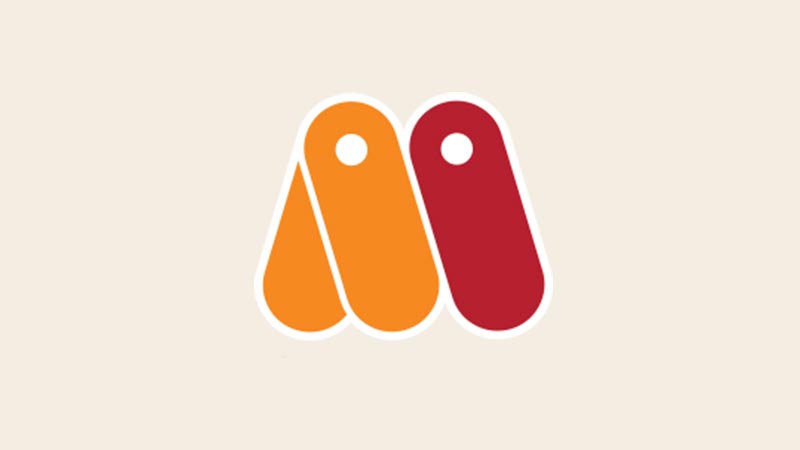Comprehensive introduction of MOHO
When it comes to making 2D animation, the name MOHO or Anime Studio comes first. It is a 2D animation design and development software that runs on Mac and Windows operating systems.
It has everything a designer needs to create a two-dimensional animation. So it has been used considerably in Oscar-nominated films. The Breadwinner, both based on it, was nominated for Academy Awards for Best Animated Structure.
MOHO and Anime Studio
Moho was designed and produced in 1998 by Mike Clifton. Until version 5 of this software, its name remained Moho. However, in 2016, Smith Micro announced that the software would get back to the market as Moho.
Why use MOHO software in animation?
Software called Key Frame Animation is software in which the movements and manners created by the user and applied to objects in each frame, so in the form of illustrated keys with their specifications, visible and changeable in a TimeLine are.
This way of displaying the behavior of objects and facilitating the design work for users has given more speed to projects. For example, when in a scene of an animation, a ball is to be thrown from point A to point B, at a specific time and frame, the information about point A is in different keys, each of which describes particular details on the behavior of the ball at point A., Is displayed in the timeline.
In this case, if the transfer of the ball from point A to B takes, for example, 12 frames, the information about it is displayed separately with its keys in the timeline. So whenever the user wants to change the ball’s behavior or implement a new idea about it, it is enough to go to the desired frame and delete the keys of that frame or change their information according to his new goal.
Therefore, as a Key Frame software, it is a suitable option for designing and producing animation. The next thing about it is that some of the features designed in 3D can also be loaded and included in the project, and the last thing about MOHO is that it is a vector software. Therefore, there is no problem of declining quality or suffering of images and structures.
What can Moho do?
It can provide everything a designer needs to create two-dimensional animation. The limitations of its software are only related to the ability of users to use it. So it means that users, no matter how much capability and knowledge of the software they have, can use it as much.
It can make repetitive behaviors faster for its use by writing scripts. Each user can inform it about the functions he uses and ensure that they are once in its memory. The next time they are by the user and applied by Moho.
Users can learn about writing these scripts in online forums created by Anime studio.
What is the difference between the original version and the advanced version?
MOHO software’s advanced and professional version has more additional features than the initial version. Some of these features and tools are as follows:
- Scripts
- Smart Bones
- Warp layers
- Possibility of the frame by frame
- Three-dimensional layers
- Formulas and basics of physics
- Particles
Familiarity with some of the features
Some of the features of its software are as follows:
- It can create different layers for a variety of projects.
- It is possible to put additional layers in a group in MOHO software.
- You can move layers in Moho software in perspective mode.
- There is the ability to move the camera in it.
- The designs made in Moho software are independent of the resolution, so you do not have a quality problem.
- MOHO has a physics engine feature, allowing it to formulate and follow the laws of physics for moving objects. So it makes the behavior and movements of things look more natural.
- Mask is available in Moho.
- Moho software has some 3D capabilities.
- Most photo and video formats in Moho can be uploaded and opened.
- There is a timeline and keyframe in Moho.
- There is an editable motion graph feature in Moho software.
- It can add audio files to images and videos in the Moho project.

